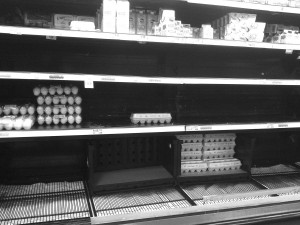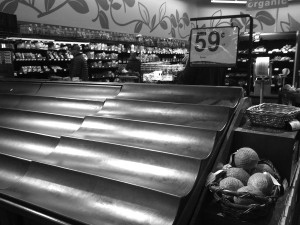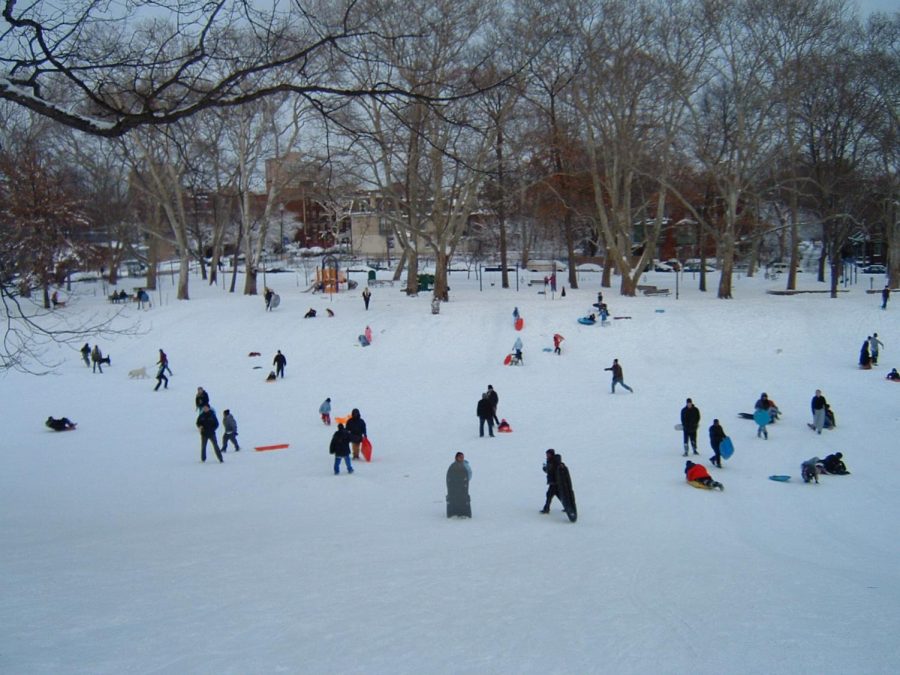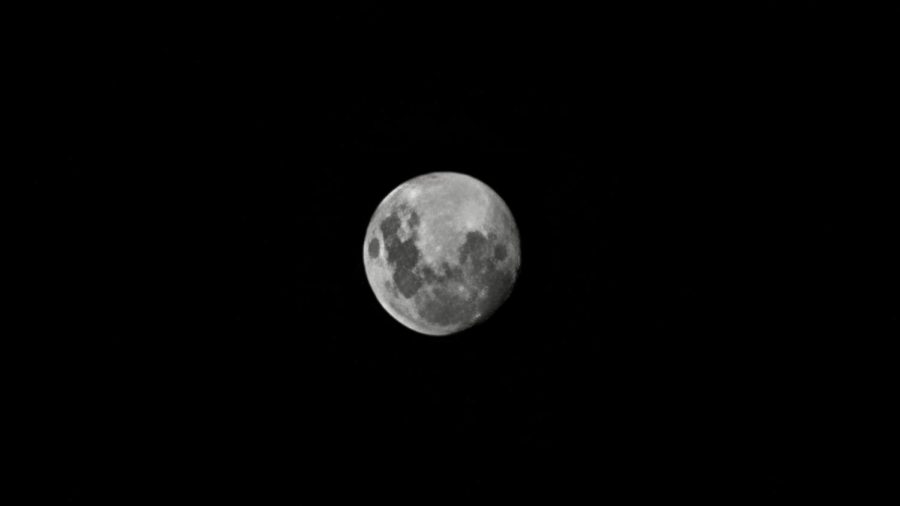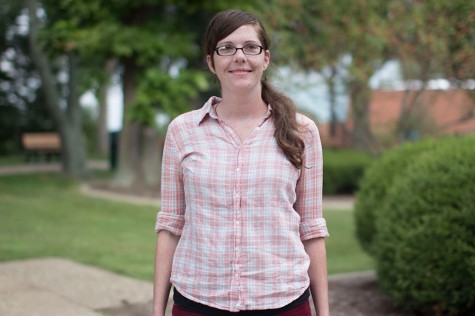I’ve spent my entire life in a little part of Midwestern America known as The Ohio Valley, a part of the world where the only real predictability in the weather is her fickle diversity and a penchant for extreme midsummer humidity.
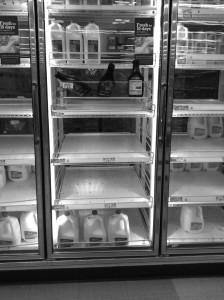
Here, it’s often too cold to be in shorts on spring break, and I have memories of swimming up until harvest season. I’ve been through windstorms, ice storms, blizzards, tornadoes, droughts and floods. I’ve seen it snow in April. When out-of-towners ask about the weather here, it’s impossible to give them an accurate description. “Stick around for a few decades,” I want to say, “you’ll get a feel for it.”
If they have recently moved here, especially those transplants from northern cities, non-locals love to mock the seemingly irrational fear and over-preparedness for snow shared by so many in the area. I suppose that where they’re from, winters are harsh but predictable; snow tires are put on no later than October, everyone owns down coveralls and the city settles in to accept their collective fate for the next several months without grumbles or surprise.
In the Ohio Valley, however, things aren’t so clear-cut. The weather team on the news may call for several inches of snow or a light dusting overnight, and we all know that this means nothing. We could just as easily wake up to 3 feet of snow and a city that’s closed for business as to icy blades of grass that will melt by lunch.
To be fair, the large amount of unexpected snow happens less frequently than the other way around, but it has happened just often enough to keep many people on their toes, always alert in case this is a big one.
If the 5 o’clock news calls for overnight snow, by 7 p.m. the grocery stores will be full of wary folks stocking up a bit for a few days’ worth of hibernation. If the news calls for heavy snow, this-time-we-mean-it snow, one could expect to find the store in an apocalyptic shape by 7; shelves and coolers robbed of their bread, milk and eggs—enough to make piles and piles of French toast if locked in the house for two days from 3 feet of snow. There might be one or two other fearlessly late shoppers, and there will likely be a sign posted on the door about an early closing time.
When the snow turns out to be too little for even a dirty snowman and the eggs have to be repurposed quickly, when life resumes as usual, I’m always a little sad. I don’t wish for anyone to suffer any bodily or property damage, but I don’t think I’m alone in being one to thrive on things being tossed up a bit, as long as we’re just acting out this fear in a script and nobody really gets hurt.
Besides, I really like snow cream.
